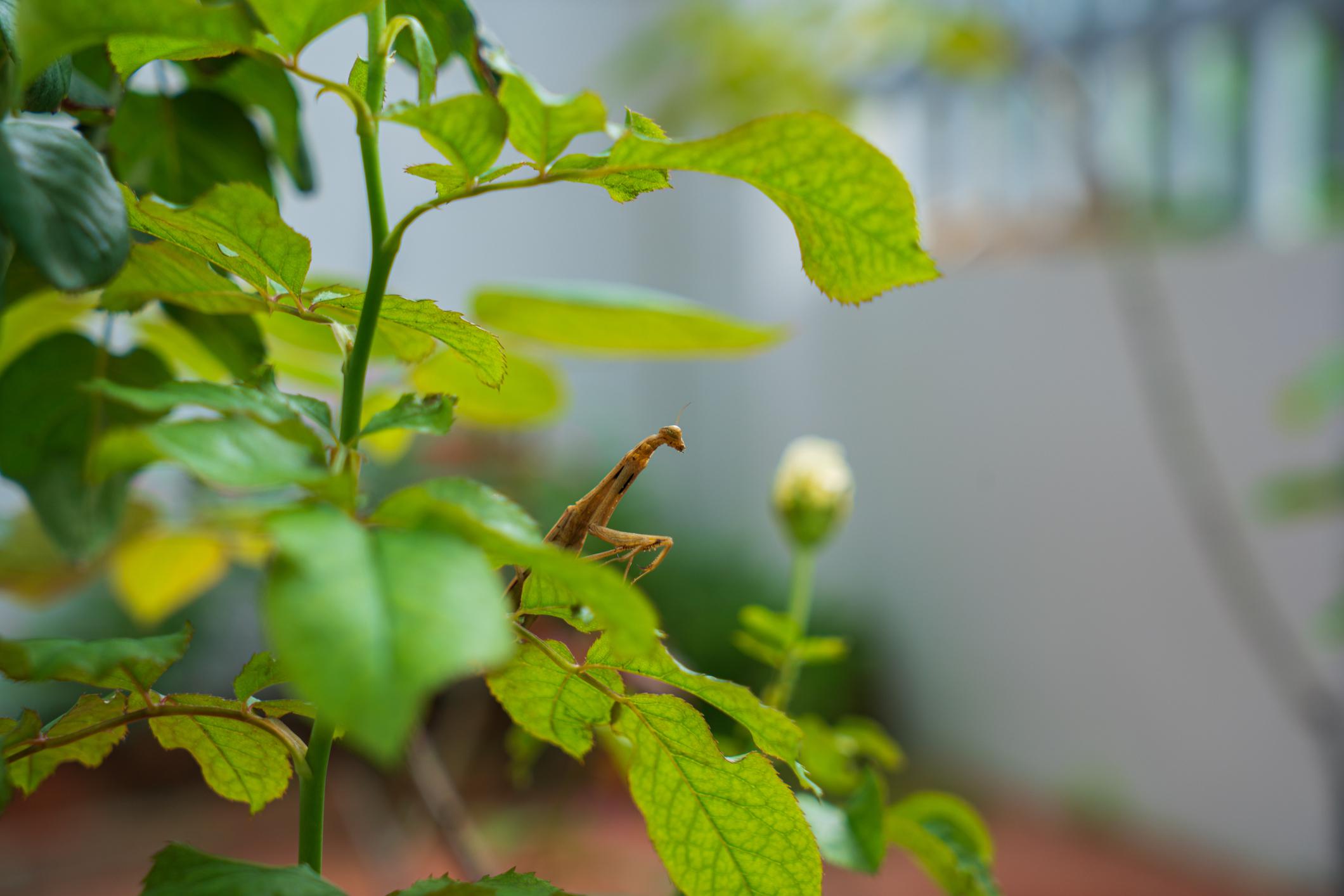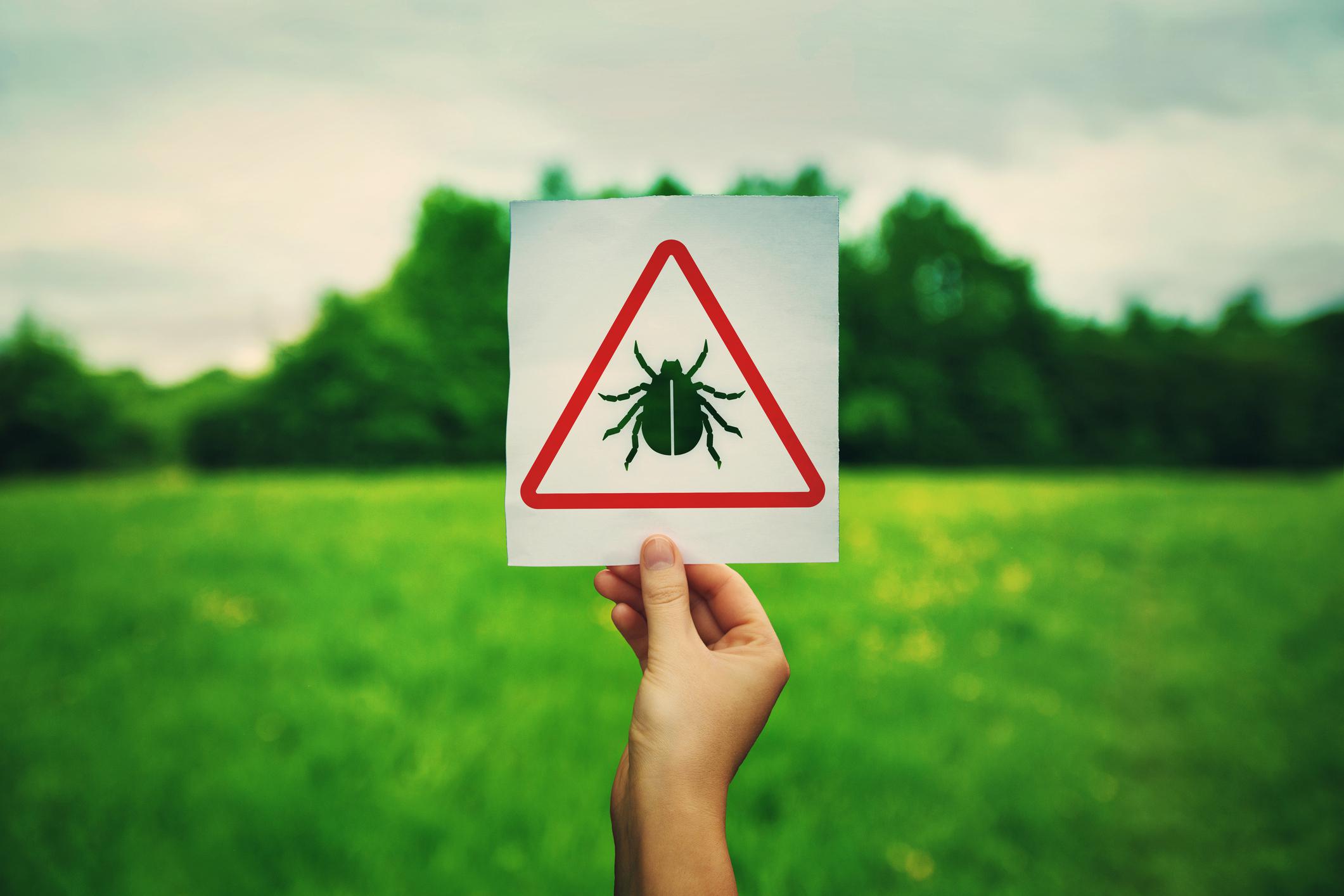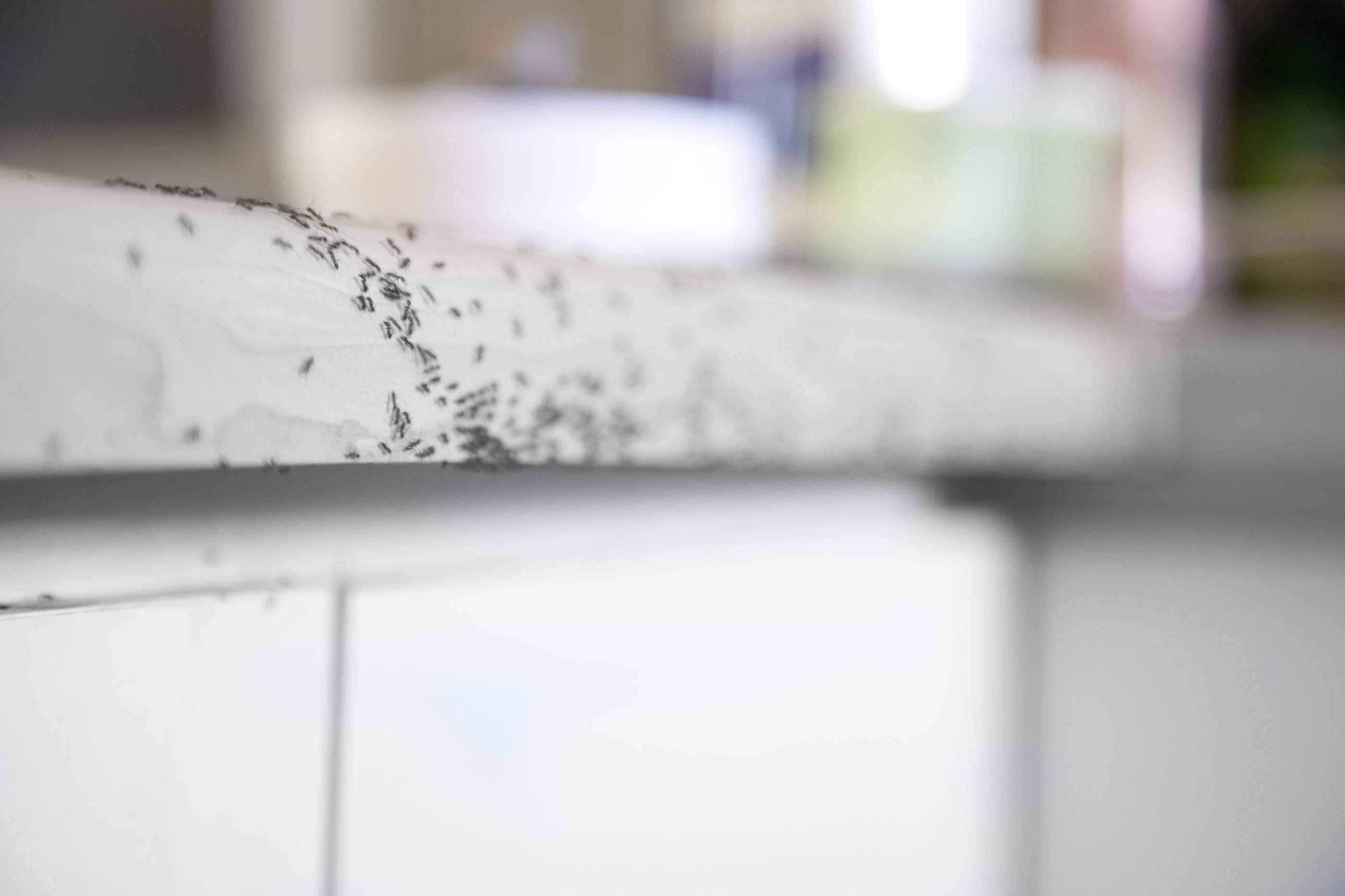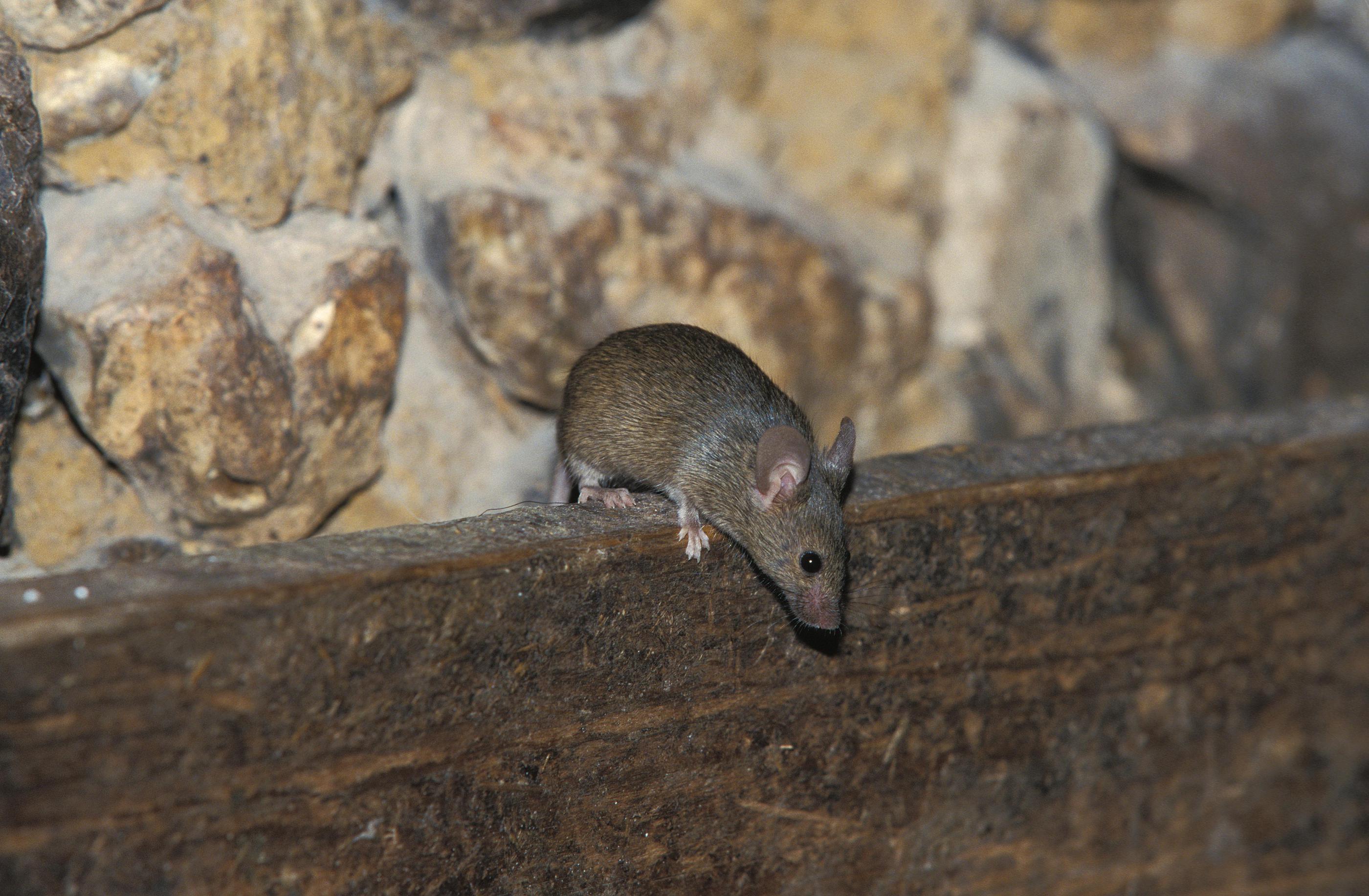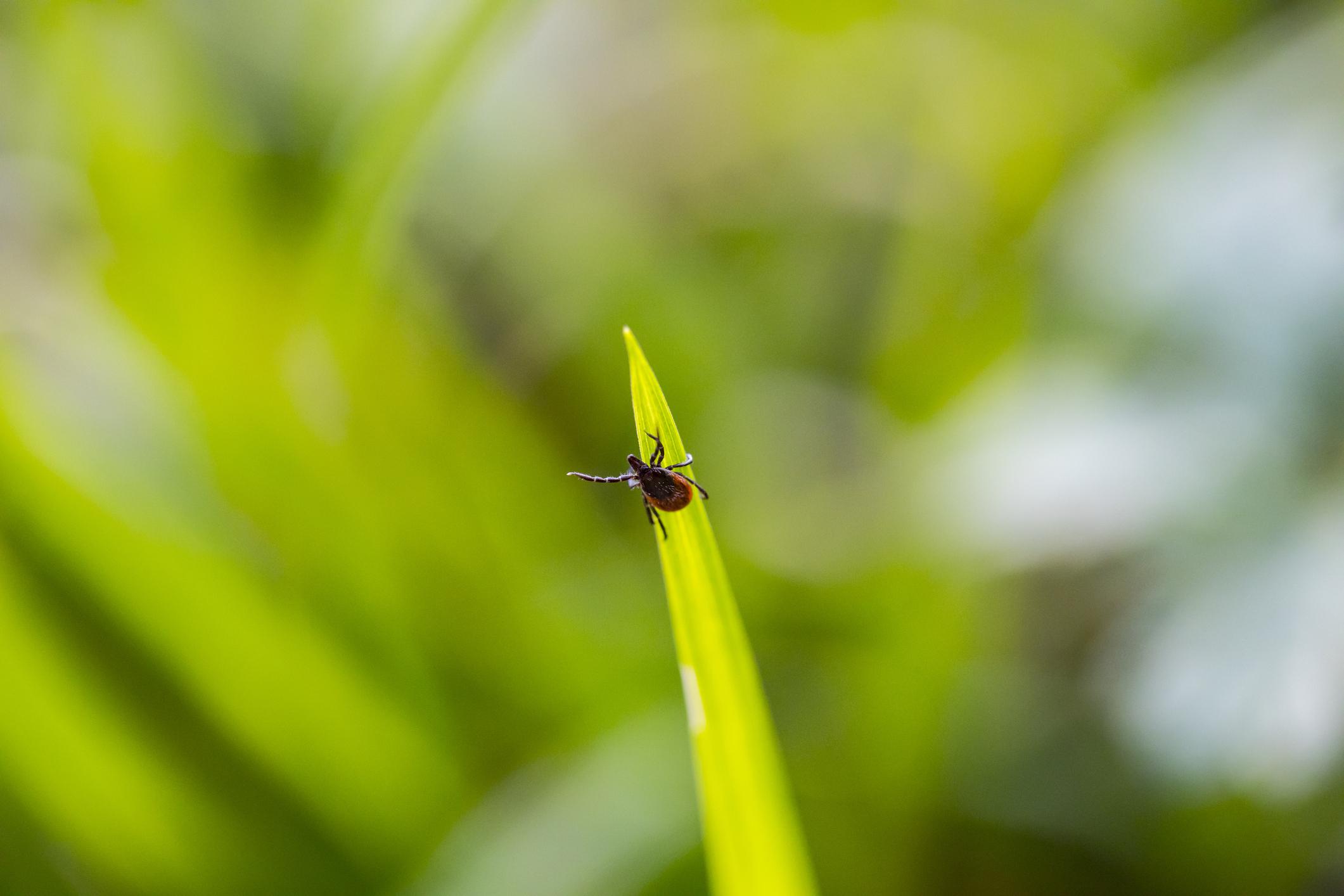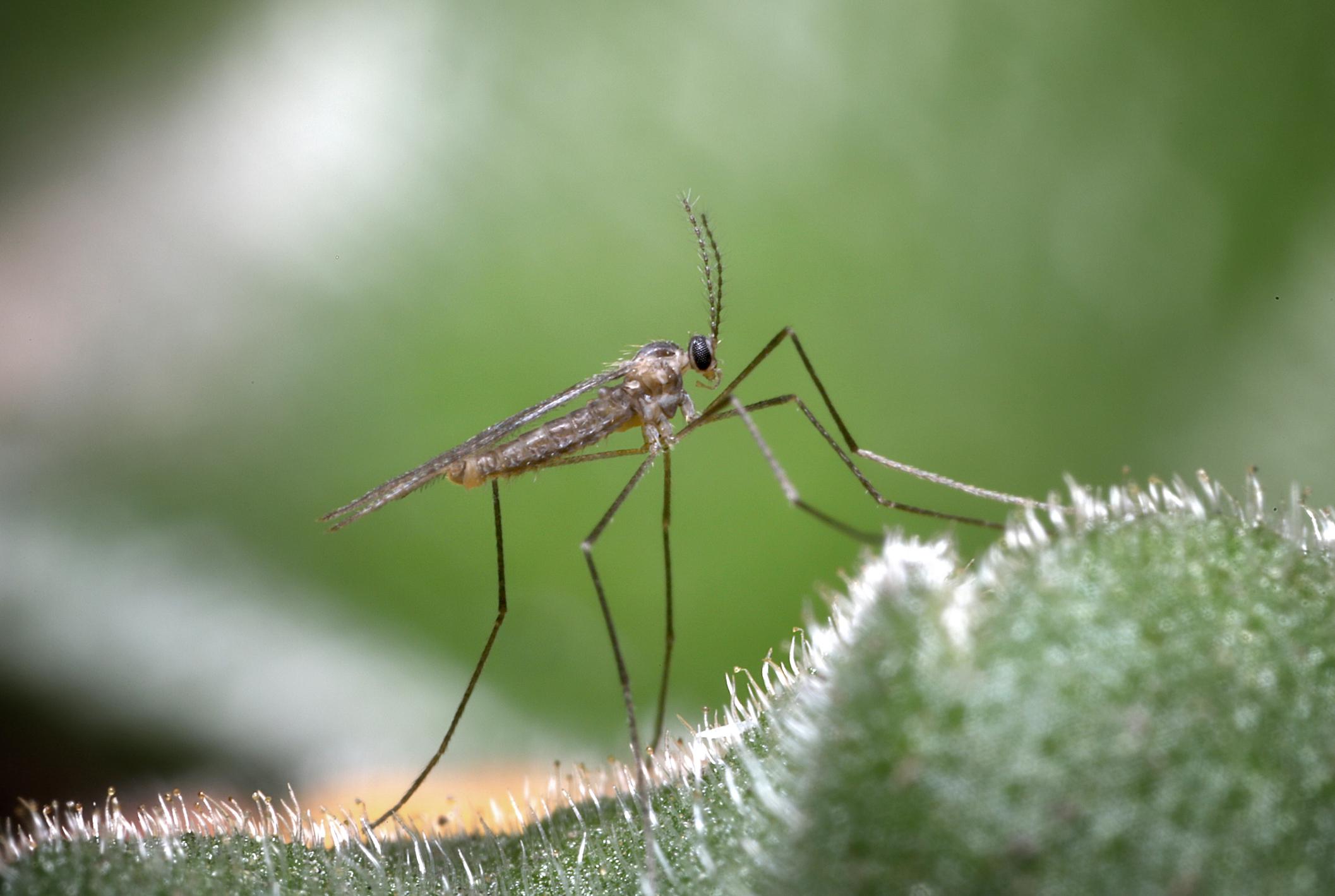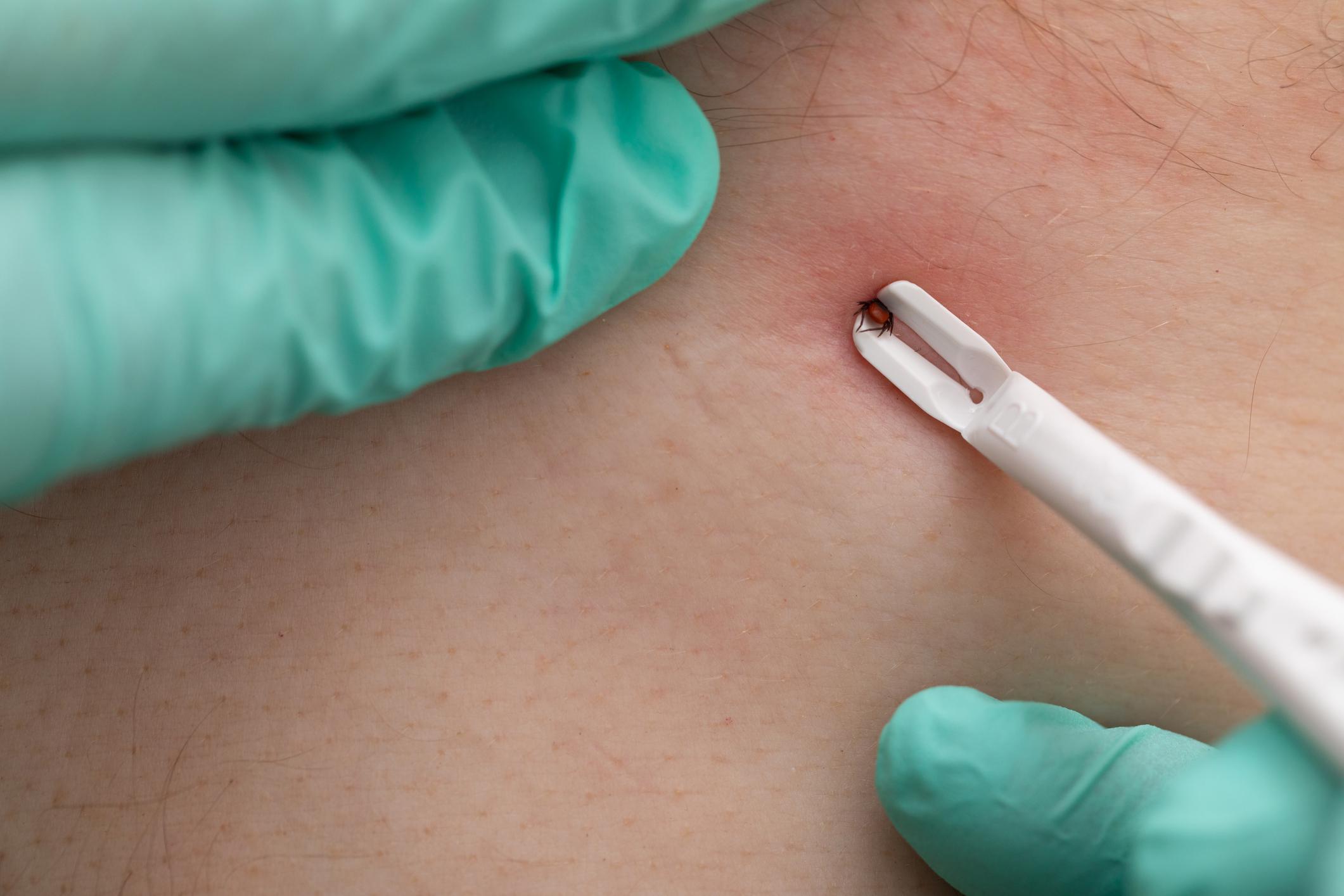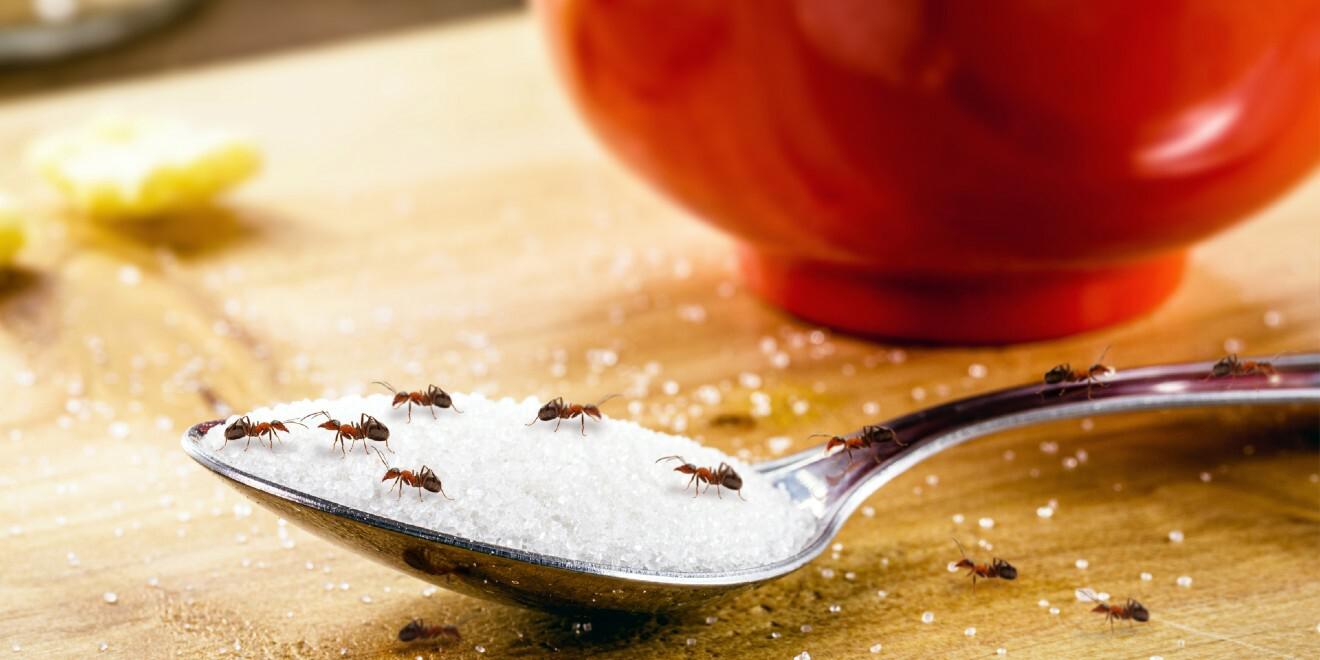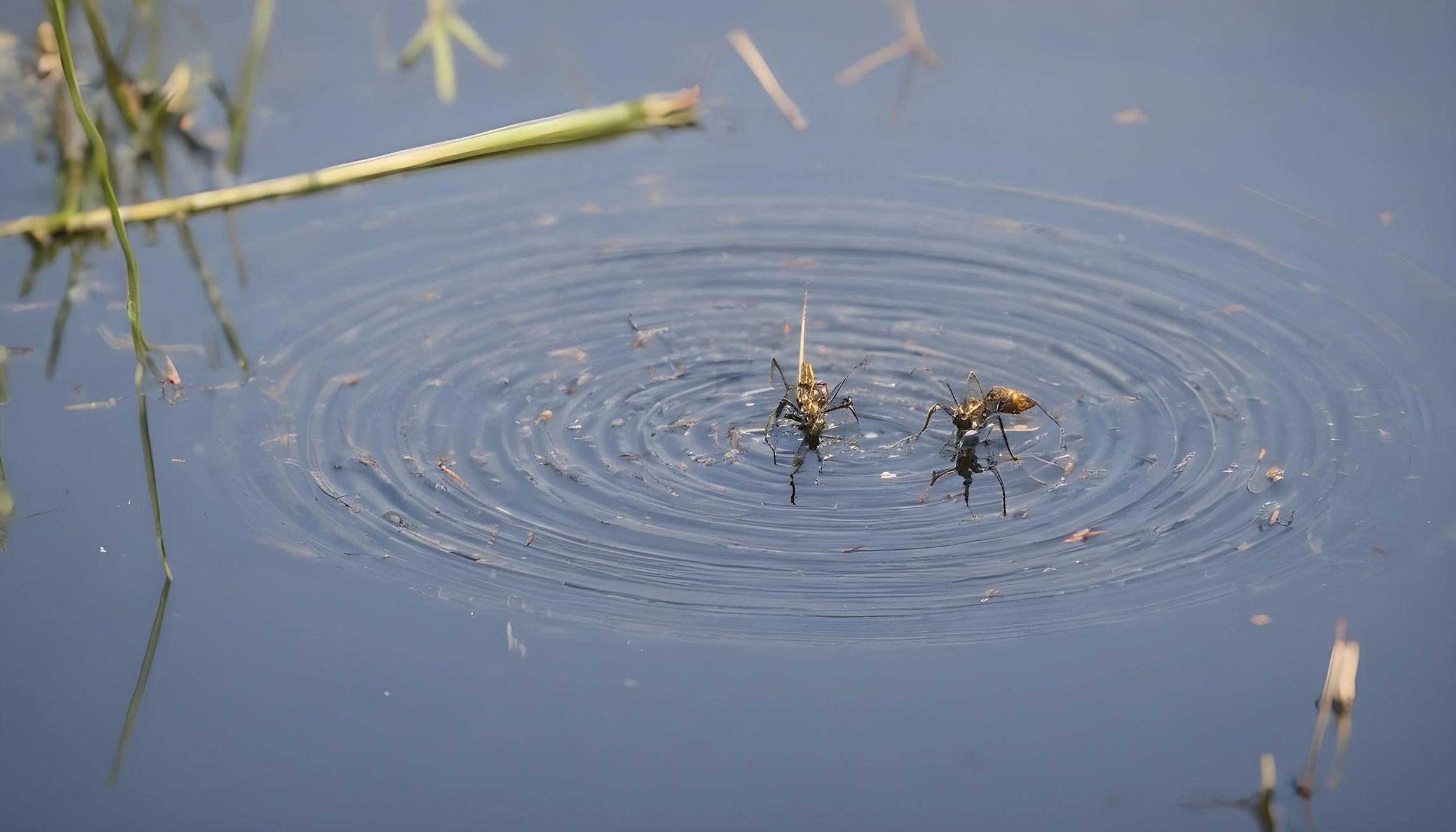Say No to Peppermint Oil: Safe Tick Removal and Why It’s So Important
Posted by Mosquito Squad
June 2, 2017

After a long and great day on the trail with friends, what’s one of the first things you go home and do? Check yourself for ticks, right? In Massachusetts, we all know how important it is to be aware of our thriving tick population and the diseases that the deer ticks here carry. But do you know what to do if you find one? Proper tick removal is vital!
What Not To Do
There seems to be a big push on social media these days for anything and everything essential oils can do for us. Country Living Magazine shows us how tick removal is included in that push.
This is not a good thing. Understanding that the viruses ticks transmit are actually salivated into their hosts can help you understand why the idea of covering a tick in peppermint oil and allowing it to “float up and away from the skin” is such a bad idea. There are two reasons:
First, the peppermint oil could irritate the tick into salivating while still attached. If the tick carries a virus, that’s more of the virus being pulsed into its host…which could be you. If it happens to be carrying Lyme disease, this infection could have been avoided as Lyme often takes up to 36-48 hours to be passed into the host’s bloodstream.
Second, there is absolutely nothing good that can come from waiting on the tick to detach on its own. The latest research on the tick-borne illness Powassan virus states that this disease can be transmitted to a human in as little as 15 minutes. Swift tick-removal is why nail polish, matches, AND peppermint oil are not what to do when removing ticks.
The Correct Way to Remove a Tick is Really Quite Simple
Safe tick removal requires a pair of tweezers and some rubbing alcohol, and you’re the expert. You’ll need the pointy kind of tweezers so that you can get a good grip on the tiniest of ticks. Get a good grip as close the head of the tick as you can get and then pull straight out. After the tick is removed, clean well with the rubbing alcohol to prevent bacteria from entering the spot of the bite. When you realize it’s just that easy, the other ways seem a little silly anyway, don’t they? Follow our link to the CDC’s site, and you’ll see that they too find this to be the best method.
Be sure to read How to Dispose of a Tick for safe tick disposal methods.
What To Do if the Tick Head is Stuck in the Skin
When removing a tick, sometimes the head may remain in the skin. If this happens, it is generally not cause for serious concern. Since the tick is dead, you do not have to worry about disease transmission. However, there is still the possibility of infection. Keeping the area clean and treated with antibiotic ointment or rubbing alcohol will reduce the risk of infection, and the head should work its way out of the skin within a few days. Avoiding tick bites is always the best option. See what Mosquito Squad can do for you.
Tick Prevention
While you are in your own outdoor spaces, how about preventing the tick bite altogether? At Mosquito Squad of Southeastern Massachusetts, that’s the part that is simple for us. Our barrier treatment and tick control services reduce the ticks in your yard while working towards keeping future ticks from hatching. Let us tell you more about our tick prevention plan and figure out exactly what can work best for you. Call us today!

